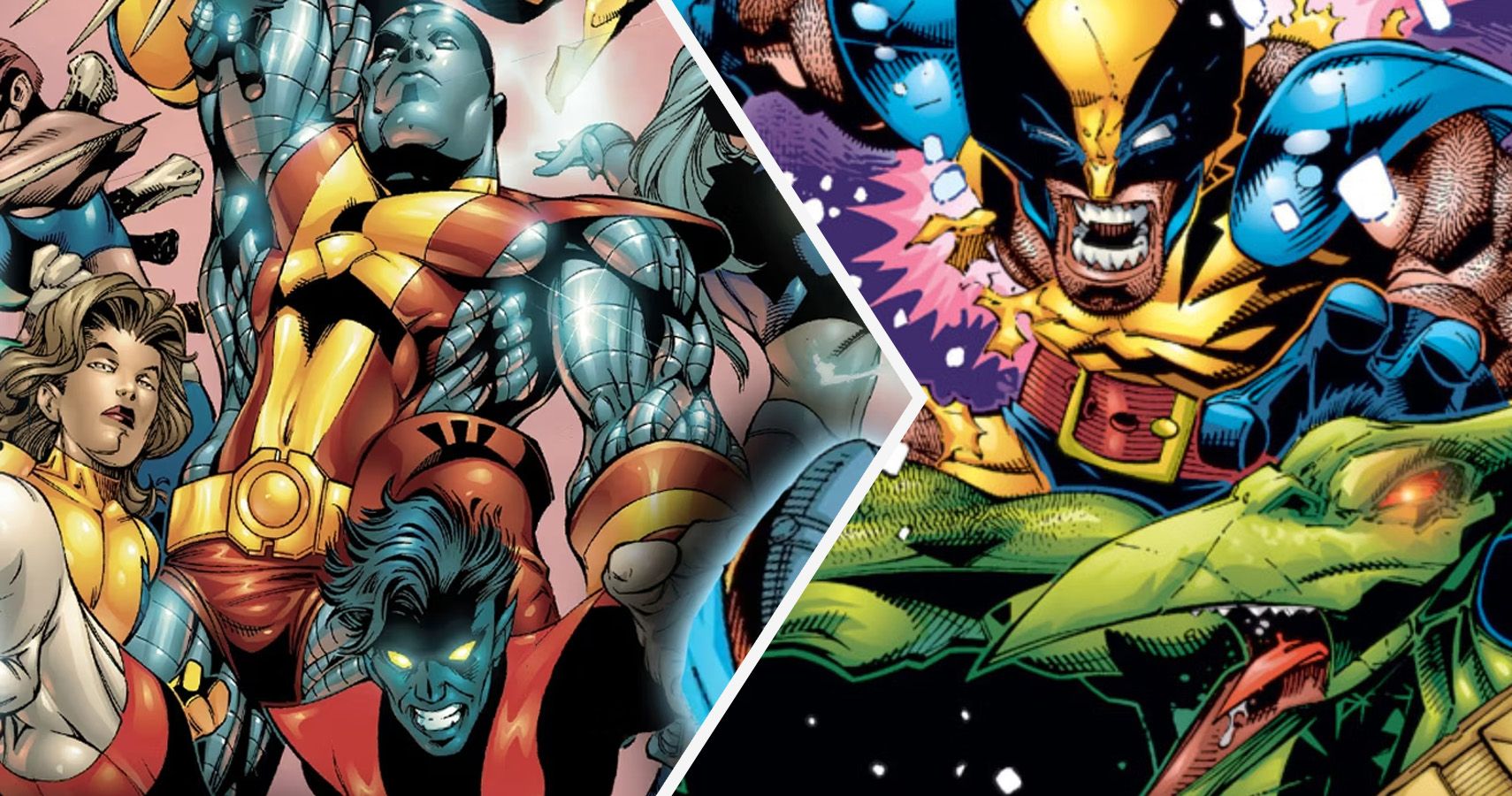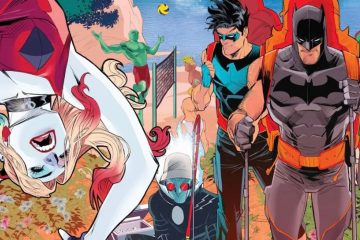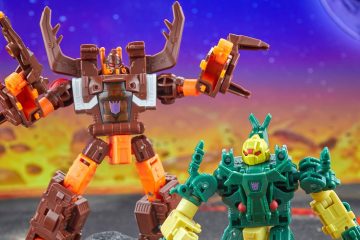The X-Men in the ’90s were an unstoppable juggernaut, but much like a certain X-Men villain, unstoppable didn’t always mean unstoppable. 1994 ended with Legion Quest and X-Men: Alpha #1 (by Scott Lobdell, Mark Waid, Roger Cruz, Steve Epting, Tim Townsend, Dan Panosian, Steve Buccellato, Electric Crayon, Richard Starkings, and Comicraft). The first few months of 1995 were owned by The Age of Apocalypse, a wildly successful gamble that paid off. The X-Men dominated the top of the sales charts, but things were about to get very bad for Marvel. Pretty soon, the X-Men were the only comics keeping the lights on.Post-AoA, Marvel editorial had to figure out a way to keep the X-Men vital, but things were about to get a lot harder. The previous few years had given rise to the collectors bubble. Marvel was making money hand over fist, but that wasn’t going to last. The ’90s were owned by the X-Men, but the last few years of the decade were poised to test the X-Men — and Marvel — like never before.The Age of Apocalypse ended with X-Men: Omega #1 (by Steve Lobdell, Mark Waid, Roger Cruz, Bud LaRosa, Tim Townsend, Karl Kesel, Harry Candelario, Scott Hanna, Al Milgrom, Steve Buccellato, Electric Crayon, Richard Starkings, and Comicraft), which brought the X-Men back to the normal universe. Writer Mark Waid co-wrote X-Men: Alpha #1 and X-Men: Omega #1, something that became rather important in the coming months of 1995. Marvel released X-Men: Prime #1 (by Scott Lodbell, Fabian Nicieza, Bryan Hitch, Jeff Matsuda, Gary Frank, Mike McKone, Terry Dodson, Ben Herrera, and Paul Pelletier). This set up the new status quo for the returning X-Men books.RELATED: 10 Best X-Men Comics With Surprisingly Dark Endings, Ranked
The X-Men in the ’90s were an unstoppable juggernaut, but much like a certain X-Men villain, unstoppable didn’t always mean unstoppable. 1994 ended with Legion Quest and X-Men: Alpha #1 (by Scott Lobdell, Mark Waid, Roger Cruz, Steve Epting, Tim Townsend, Dan Panosian, Steve Buccellato, Electric Crayon, Richard Starkings, and Comicraft). The first few months of 1995 were owned by The Age of Apocalypse, a wildly successful gamble that paid off. The X-Men dominated the top of the sales charts, but things were about to get very bad for Marvel. Pretty soon, the X-Men were the only comics keeping the lights on.
Post-AoA, Marvel editorial had to figure out a way to keep the X-Men vital, but things were about to get a lot harder. The previous few years had given rise to the collectors bubble. Marvel was making money hand over fist, but that wasn’t going to last. The ’90s were owned by the X-Men, but the last few years of the decade were poised to test the X-Men — and Marvel — like never before.
The Age of Apocalypse ended with X-Men: Omega #1 (by Steve Lobdell, Mark Waid, Roger Cruz, Bud LaRosa, Tim Townsend, Karl Kesel, Harry Candelario, Scott Hanna, Al Milgrom, Steve Buccellato, Electric Crayon, Richard Starkings, and Comicraft), which brought the X-Men back to the normal universe. Writer Mark Waid co-wrote X-Men: Alpha #1 and X-Men: Omega #1, something that became rather important in the coming months of 1995. Marvel released X-Men: Prime #1 (by Scott Lodbell, Fabian Nicieza, Bryan Hitch, Jeff Matsuda, Gary Frank, Mike McKone, Terry Dodson, Ben Herrera, and Paul Pelletier). This set up the new status quo for the returning X-Men books.
#XMen #90s #Keeping #Lights #Mutant #Power
Note:- (Not all news on the site expresses the point of view of the site, but we transmit this news automatically and translate it through programmatic technology on the site and not from a human editor. The content is auto-generated from a syndicated feed.))



